Why Reimagining Nature in Abstract Form Matters
Learning how to make nature inspired art feel modern and abstract is a rewarding journey for artists who want to bridge organic influence with contemporary aesthetics. Nature has long been a muse across artistic movements, but translating its timeless beauty into fresh, experimental visuals requires intent, observation, and a willingness to break the mold. Whether you’re drawn to plants, landscapes, or organic textures, this transformation comes down to stylization, technique, and the story you want your artwork to tell.
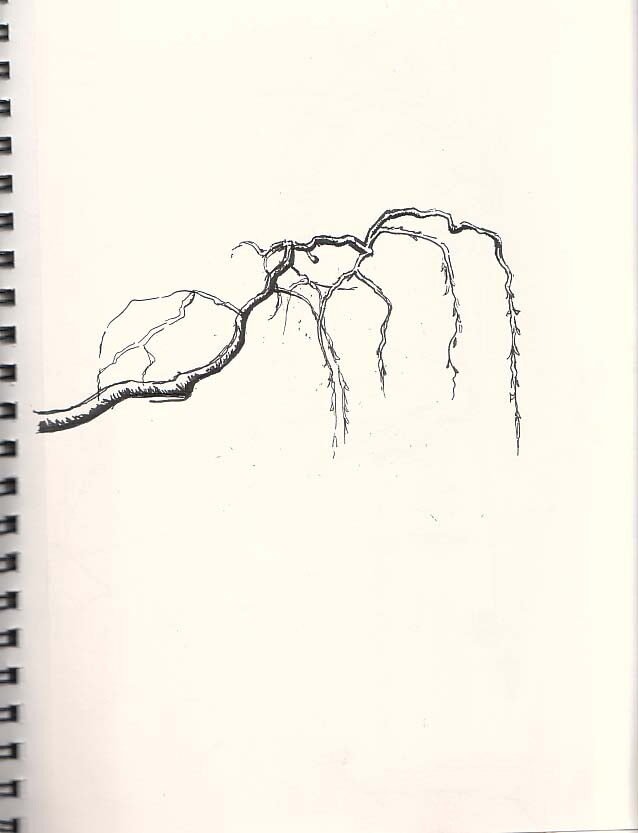
credit: DEEDOUBLEYOU
Let’s explore actionable ways to breathe abstraction and modernity into your nature-based art without losing its soul.
Nature is endlessly inspiring—but simply replicating it can feel repetitive or overly traditional. By abstracting and modernizing natural forms, artists have the opportunity to:
- Explore emotional resonance through shape and color
- Shift from literal interpretation to conceptual representation
- Create art that aligns with modern design trends
- Attract collectors interested in contemporary, nature-inspired aesthetics
This blend of organic and modern appeals to a wide range of viewers—from minimalist enthusiasts to fans of expressive mark-making—and allows for a personal, symbolic approach that goes far beyond visual realism.
Simplify Shapes and Amplify Form
One of the simplest ways to make your art more abstract is to reduce natural forms to their essential structures.
- Turn leaves into repeating ovals or minimal linework
- Flatten flower petals into stylized silhouettes
- Break down landscapes into geometric sections or atmospheric blocks
Look for natural rhythms—fractal shapes, spirals, branching patterns—and reinterpret them with bold minimalism or architectural contrast. Use keywords like abstract botanical art, stylized nature drawing, and modern natural forms to support search traffic related to this shift.
Embrace Negative Space and Modern Composition
Contemporary art often relies on what’s left out as much as what’s included. Try using large areas of negative space or asymmetric layouts to give your subject matter breathing room and impact.
- Place a single plant form off-center on a clean background
- Use minimal color or only one visual texture per piece
- Experiment with horizon lines that fade, curve, or distort
Sketchbooks.org | VISUAL RESEARCH HUB
Modern and Abstract Nature Inspired Art
Visual research is critical for any creative endeavor. We have compiled specialized links to lead you directly to images, videos, and inspiration for "Modern and Abstract Nature Inspired Art" across the web's best visual search platforms.
Explore Modern Color Palettes
Shifting the color scheme away from realism and toward expression introduces instant abstraction. Consider:
- Monochromatic palettes using one hue in varied saturation
- High-contrast complementary schemes for energy
- Muted earth tones for subtle abstraction
- Unexpected palettes (like neon pink leaves or blue soil) for a surreal twist
Colors tell as much of a story as form does. Use tones to evoke mood, energy, or metaphor while avoiding strict botanical accuracy.
Combine Natural Motifs with Modern Mark-Making
It’s not just what you paint, but how you paint it. Abstract expression emerges when natural subjects are filtered through spontaneous brushwork, layering, or unusual tools. Try:
- Using palette knives or sponges for texture
- Mixing fluid media like ink and watercolor for organic blur
- Layering translucent glazes for depth and diffusion
- Masking out shapes with tape or stencils to create contrast
These approaches align with keywords like experimental mixed media, intuitive painting, and process-driven abstraction—common search terms for modern art collectors and makers alike.
Use Repetition and Pattern to Abstract Realism
Repetition converts observation into rhythm. By repeating one element—such as a branch, feather, or coral form—you create a pattern that transforms realism into abstraction.
This method works well in:
- Textile-inspired compositions
- Pattern-based wall art or murals
- Grid or radial symmetry experiments
You can heighten abstraction by changing the scale, spacing, or orientation of the repeating elements. This touches on SEO terms like organic patterns in art and nature-based surface design.
Integrate Symbolism Instead of Literalism
Move beyond the physical form and tap into the symbolism of natural elements. Think about:
- Trees as endurance
- Flowers as time, decay, or femininity
- Oceans as the subconscious
When you create from metaphor rather than image, your subject matter naturally evolves into something more conceptual, abstract, and emotionally resonant.
Try Fragmentation or Collage Techniques
Cutting, layering, or digitally slicing natural forms invites the viewer to reconstruct the piece mentally, which creates a dynamic interaction.
Consider:
- Fragmented floral collage
- Mixed textures of leaves + ink wash + printed materials
- Digitally manipulated photographs combined with drawn overlays
This balance of analog and digital art processes also increases appeal across interior design markets and online collectors searching for modern botanical prints and contemporary nature art.

Sketchbooks.org | DIGITAL MATERIALS
Digital Art Materials Demystified | A Beginner’s Guide to Creative Tools
What Are Digital Art Materials? Stepping into digital art can feel like walking into a warehouse filled with brushes, canvases, and gadgets you’ve never heard of. Where do you even start? Whether you're picking up...
Frequently Asked Questions
How do I abstract nature without making it unrecognizable?
Simplify form and exaggerate elements while keeping one or two recognizable cues, like leaf shape or branching pattern.
Can I make abstract nature art with traditional media?
Absolutely—watercolor, ink, or acrylics work beautifully for soft abstraction and expressive compositions.
Should I use references or work intuitively?
Both can be useful—start with reference photos or sketches, then let intuition guide your transformation of the subject.
How do I keep my nature-inspired work cohesive across a series?
Use a consistent palette, technique, or motif repeated with slight variation to unify the series while allowing creative freedom.
Will collectors connect with abstract versions of nature?
Yes, many buyers are drawn to art that interprets nature in emotional, textural, or minimalist ways.
What if I feel like my work isn’t “modern” enough?
Modern isn’t a fixed definition—focus on intentional design, personal symbolism, and expressive mark-making to define your own version.
Final Thoughts
Mastering how to make nature-inspired art feel modern and abstract is about letting go of literalism and leaning into your unique visual language. By translating organic inspiration into simplified shapes, expressive gestures, and purposeful design, you create work that resonates with both timeless themes and contemporary aesthetics.
Abstraction gives space for emotion, experimentation, and interpretation—and there’s no better subject to explore those depths than the natural world. Let your hand respond to rhythm and texture. Let your work reflect not just what nature looks like—but how it feels.
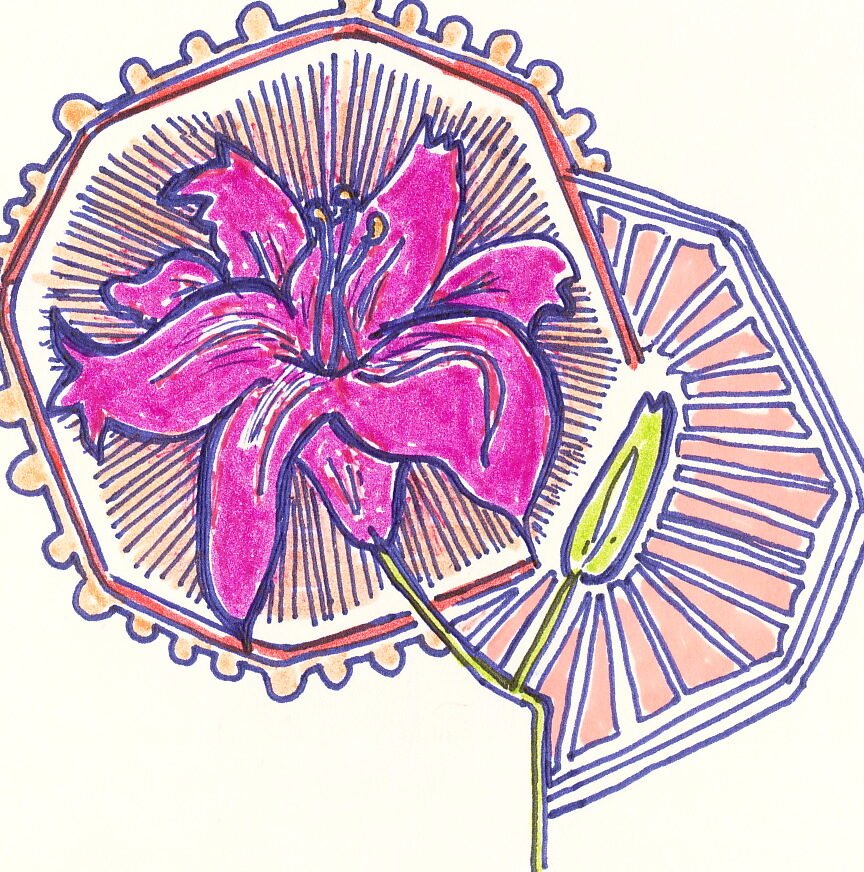
credit: MAYFLY
Ready to Share Your Work?
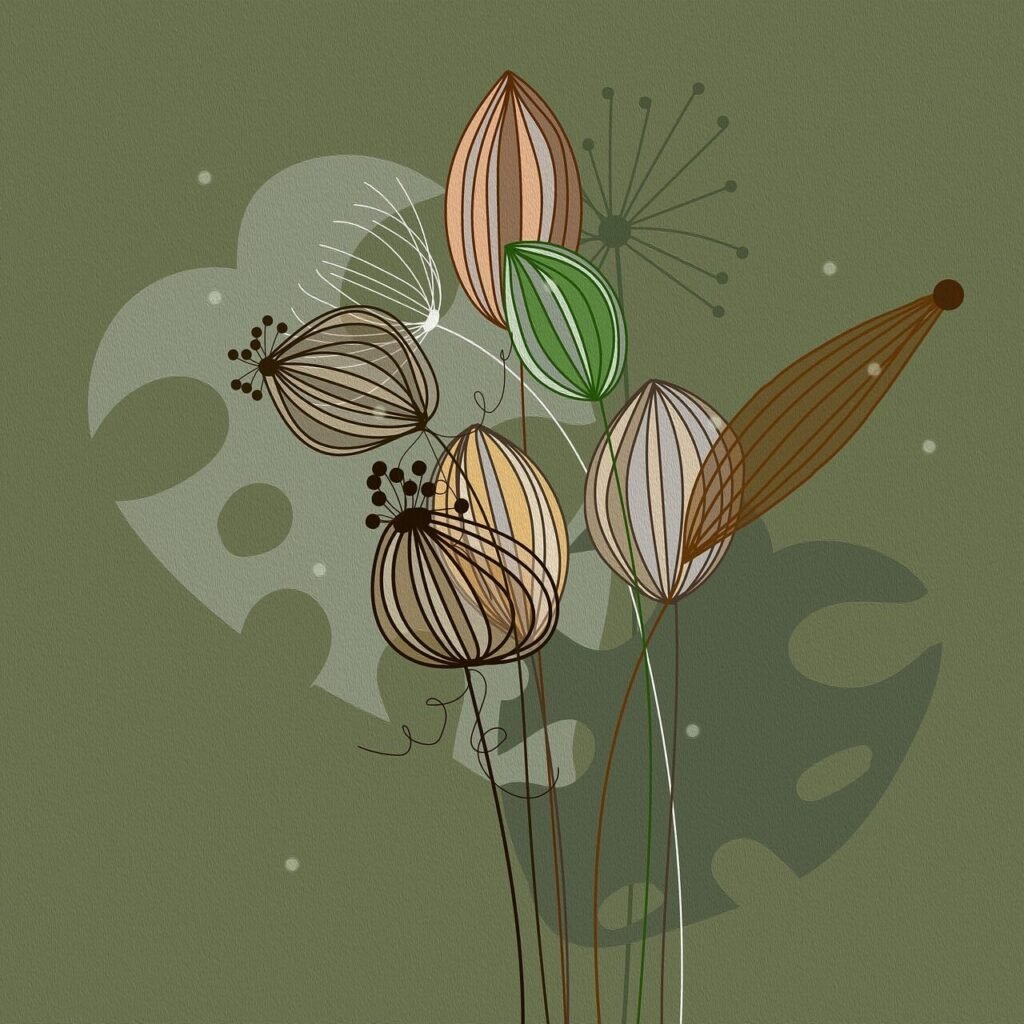


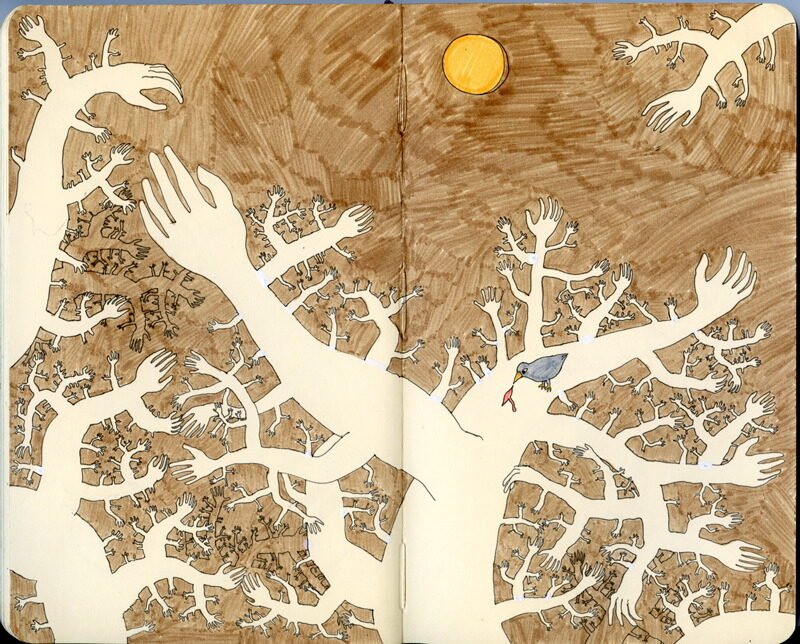
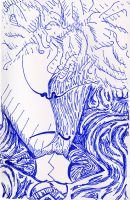
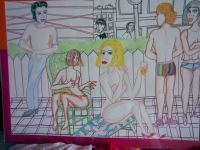
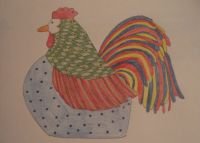
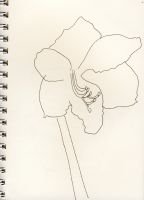
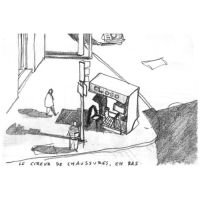
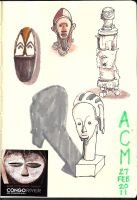


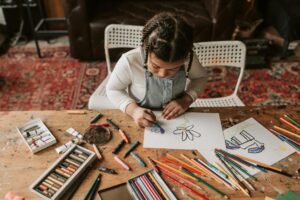
Great way to combine organic energy with structured aesthetics.
Nature plus abstraction? My two favorite things finally shook hands.